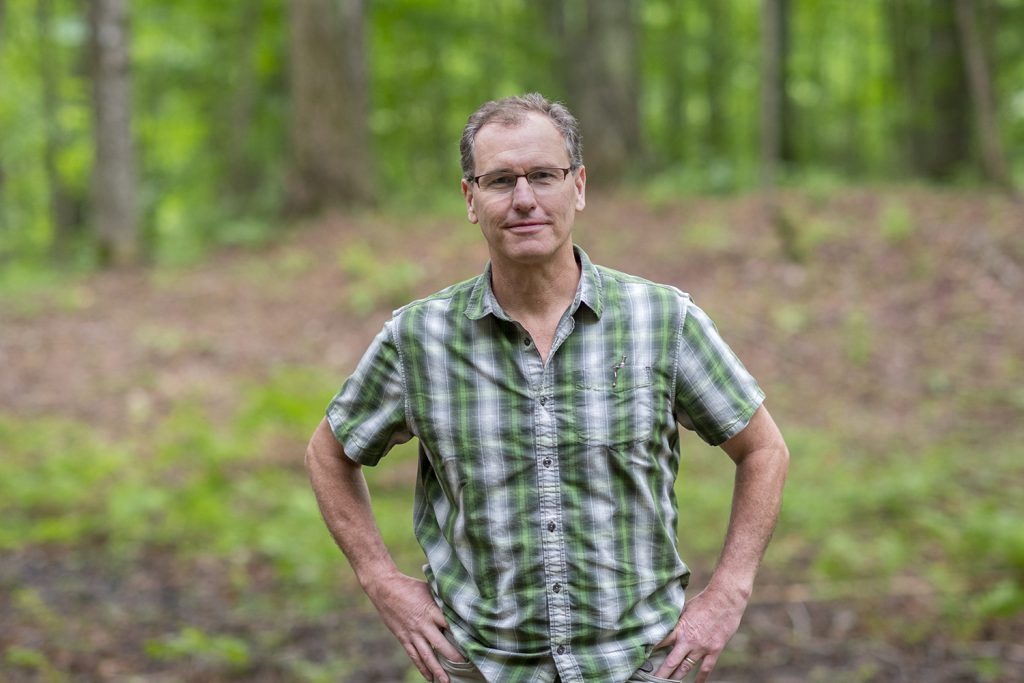
Why Vermont’s Fall Foliage is Better than the Rest
September 22, 2020
Listen to the Podcast
Is Vermont’s fall foliage 2020 season on track? Vermont Forests, Parks, and Recreation Commissioner Mike Snyder has three words for you: trust the trees.
And if you want to know why Vermont’s foliage is the world’s best, Snyder says it comes down to variation, vibrancy, and vantage points.
A Look at the Vermont Fall Foliage 2020 Season
Fall is here, and the next several weeks will offer a colorful display of red, orange, yellow, and gold. In Vermont, the colors typically first turn in late September in the Northeast Kingdom and in the higher elevations, and then gradually move south and into the lower elevations in October.
“Things are shaping up quite nicely in what we know contributes to a good fall foliage season,” Snyder says in a new podcast interview. “We have good forest health conditions with limited defoliation and limited drought. Things are in a good place.”
Leaves change color based on a variety of factors, including light level, temperature, soil conditions, and more. Some misconceptions about fall foliage that Snyder has encountered in his career are that the color change is on an exact timetable, and that peak foliage means the same to everyone.
“If anything, there’s a misconception that foliage is super predictable. It’s largely predictable in a general pattern. But within that pattern, there are vagaries and variances every year, which adds to the fun of it,” Snyder says. “I think we can all agree that peak is the broadest swath of land with the most color development at the highest intensity. Sure, that’s pretty academic. In practice, people have their preferences. Some like a little bit of green in the backdrop, some go for the yellows and golden colors, and I think it’s common for people to really love the reds.”
Why Vermont’s Fall Foliage is the Best

Vermont is one of the most heavily forested states in the country and has the highest proportion of maple trees. Soil and geology also play an important part in foliage season. Vermont’s calcium-rich bedrock and the relative sweetness of the state’s soils translate into tree composition, growth, and vibrancy, Snyder says.
“The variety of color comes from a variety of species and forest types. We have more maple species than any other state—and maples are the show stealers, and we have that in spades,” Snyder says. “And with rivers, ponds, lakes, trails, farms, and cultural opportunities, the vantage points for seeing, enjoying, and experiencing Vermont fall foliage is unrivaled. Maine’s got great lobster; I’ll give it up to them every time. But our foliage is better.”
If you’re looking to explore Vermont’s fall foliage, you can sign up for the Vermont Department of Tourism and Marketing’s weekly foliage reports for up-to-date conditions. Visit vermontvacation.com/fall.
For COVID-19 cross-state travel updates, visit the Vermont Agency of Commerce and Community Development’s website.
Happy Vermont Podcast: Mike Snyder Talks Fall Foliage
In this episode of Happy Vermont, Mike Snyder talks about the 2020 fall foliage season, the science behind why the leaves change, his favorite hiking spots, and what makes autumn in Vermont special.
You can find this podcast on Spotify, Apple Podcasts, iHeartRadio, Amazon Music, Google Podcasts, and Stitcher.
As always, thanks for listening. Please email ideas, comments, or feedback to [email protected].
-Photos: Driveway in Clarendon, October 2018. Mike Snyder in West Corinth, July 2020, photographed by Erica Houskeeper for the Vermont Sustainable Jobs Fund.




No Comments